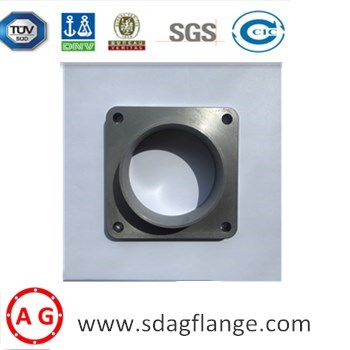

Valójában a név karima a karima átírása. Először egy Elchart nevű angol ember, 1809-ben javasolta, és akarimaugyanakkor javasolták, de ez nem volt wideálisan használthosszú ideje. Század elejéig,karimasszéles körben alkalmazták a különféle mechanikus berendezésekben és csővezeték-összeköttetésekben.

Karimákmás néven karima convex disks or convex disks. For those who are engaged in mechanical or engineering installations, karimas should be very familiar. It is a disc-shaped part and is generally used in pairs.
Elsősorban olyan alkatrészekhez használják, mint csövek és szelepek, csövek és csövek, valamint csövek és berendezések, amelyek össze vannak kötve, hogy tömítő szerepet töltsenek be. Mivel oly sok alkalmazás van ezen berendezések és a csövek között, ezek lesznek. A két síkot csavarokkal összekötik, és a tömítő funkcióval rendelkező csatlakozó alkatrészeketkarimas.
Általában akarima has round holes for fixing. For example, when it is used at the pipe connection, a sealing ring is added between the two karimas, and then the bolt is used to fasten the connection. The karimas with different pressures have Different thicknesses and different bolts are used. The main materials used for karimas are carbon steel, stainless steel and alloy steel.
A fontos szerep miattkarimas and good overall performance, karimas are widely used in chemical, petrochemical, fire protection and drainage industries.
Karimák are widely used in the world as a kind of connector, which requires a unified standard. For example, pipeline karimas now mainly have two standard systems.